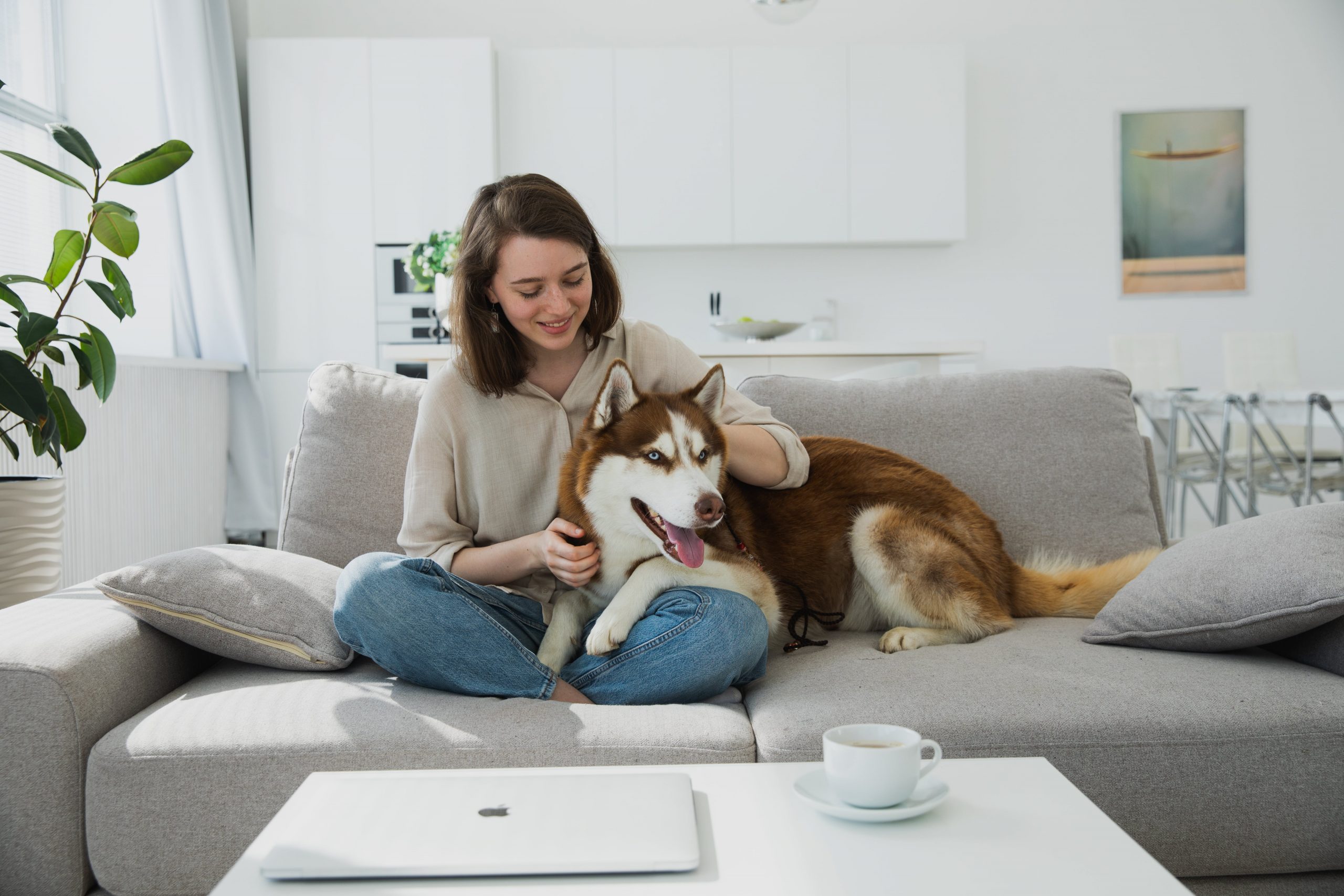Dogs exhibit a variety of behaviors that are both endearing and puzzling to their human companions, one of the most common of which is the tendency to depend on people. This behavior, where a dog presses its body against a person’s legs or feet, can be interpreted in a number of ways, ranging from a simple display of affection to a more complex communication of needs or feelings. Understanding why dogs lean on people requires understanding the nuances of dog behavior, body language, and the bond between dogs and humans. This article explores the various reasons behind this behaviour, providing insight into what your dog may be trying to communicate when he leans against you. By examining the motivations behind this action, we can better understand our canine friends and strengthen the unique bond we share with them.
Seeking affection and comfort
One of the main reasons dogs lean on their human companions is to seek affection and comfort. This behavior is the dog’s way of initiating physical contact, just as a human might move in for a hug. When a dog leans on you, they are often expressing their trust and comfort in your presence, seeing you as a source of security and warmth. This action may be especially prevalent in moments of uncertainty or anxiety, where your dog seeks reassurance through your touch. It’s a testament to the bond you share, highlighting their dependence on you for emotional support. Dogs are social creatures by nature, and this learning behavior reinforces their need for close and secure relationships with their human family members.
marking their territory
While less commonly discussed, dogs also depend on people as a way to mark their territory. Dogs have scent glands located in various parts of their bodies, including their cheeks and tail. By leaning against you, they may be subtly marking you with their scent, and claiming you as part of their group. This behavior is rooted in their innate need to establish social bonds and define their group members. Although this may sound possessive, it is more about the dog’s need for social cohesion and security within their perceived group. This territorial marking is a natural behavior for dogs, strengthening their bond with you and subtly notifying other dogs of their presence.
show dominance or attract attention
In some cases, barking may be a dog’s way of showing dominance or seeking attention. A dog that relies too heavily on you, especially if accompanied by other dominant behaviors, is testing boundaries or asserting your presence. However, it is necessary to interpret this behavior in the context of the dog’s overall body language and condition. Typically, dogs learn to crave attention and engage with their human companions. If a dog feels neglected or desires interaction, leaning can be an effective way to elicit a response from its owner. This behavior underlines the importance of understanding and responding to our dogs’ communication attempts, ensuring that their emotional and social needs are met.
expression of anxiety or insecurity
Leaning can also be an expression of anxiety or insecurity. In stressful situations or environments, a dog may rely on its human as a coping mechanism, seeking comfort and reassurance. This behavior reflects the dog’s trust in its owner to provide protection and emotional support. Dogs suffering from anxiety may curl up more often, using this behavior as a way to find solace and peace. Recognizing this motivation can help owners provide their dogs with the support and reassurance they need, potentially addressing underlying anxiety issues with the help of a professional if necessary.
sign of illness or trouble
Finally, it is important to consider that slouching can sometimes be a sign of illness or physical discomfort. If a dog suddenly starts arching more than usual or shows signs of distress while doing so, he may be trying to tell you that something is wrong. This behavior may be a way of asking for support or indicating that they are not feeling well. Observant owners should pay attention to any additional symptoms, such as changes in appetite, activity level, or other unusual behavior, and consult a veterinarian to rule out any health problems.
Understanding why dogs lean on people reveals the complexity of dog behavior and communication. This behavior can reflect everything from a simple request for affection to indicators of deeper emotional or physical issues. Recognizing and responding to the reasons behind dog behavior can deepen the bond between dogs and their human companions, ensuring that these loyal pets feel loved, safe, and understood.

